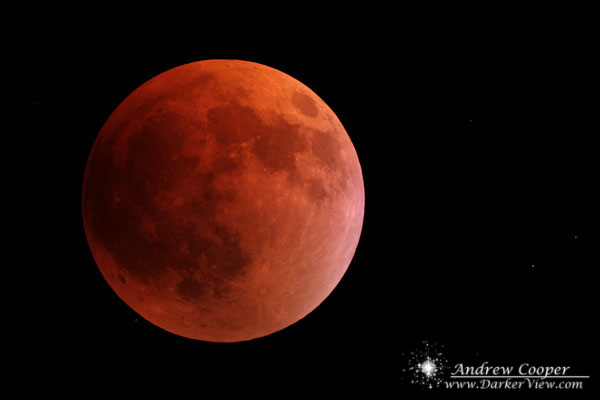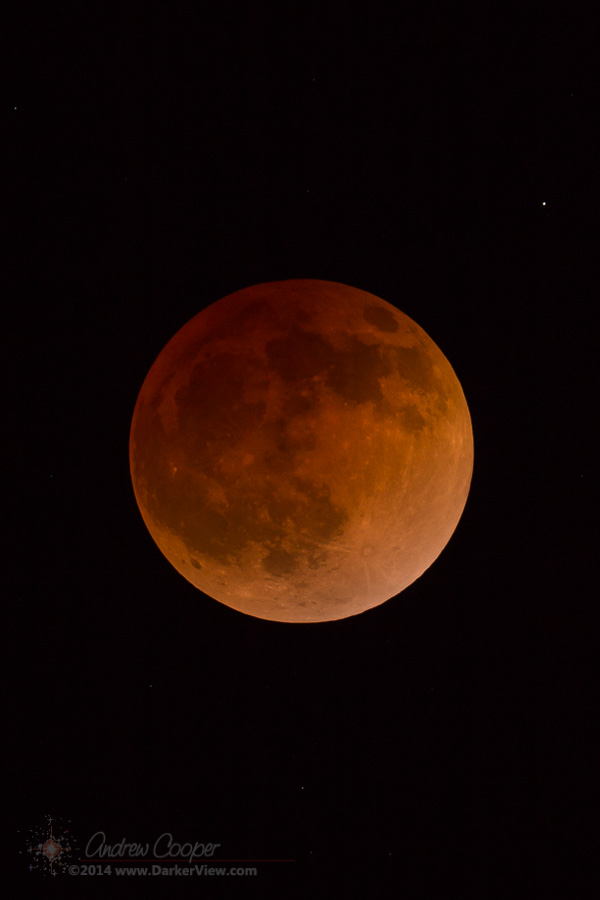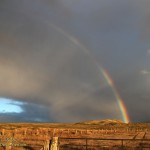On May 9th, 2016 Mercury will transit the Sun. While transits of Mercury are not rare, they are not all that common either. The last transit was almost a decade ago in November of 2006. On average there are fourteen transits of Mercury each century or one every seven years. If you wish to observe one the situation is much better than transits of Venus which occur in pairs over a century apart.
This particular transit will favor observers in Europe and North America where the entire transit will be visible. Unfortunately for observers in the islands only the final three hours of the transit will be visible having begun well before local dawn. Sunrise will occur around 05:48 for the island of Hawaiʻi, with the transit ending at 08:42 in the morning.

| Mercury Transit May 9th, 2016
|
||||
|---|---|---|---|---|
| UT (geo) | HST | HST (offset) | ||
| First Contact | 11:12 | 01:12 | –:–:– | |
| Second Contact | 11:15 | 01:15 | –:–:– | |
| Greatest | 14:57 | 04:57 | –:–:– | |
| Third Contact | 18:39 | 08:39 | 08:39:58 | |
| Fourth Contact | 18:42 | 08:42 | 08:43:10 | |
| Source: NASA Eclipse website | ||||
First contact is simply the first moment that the disk of Mercury begins to impinge on the disk of the Sun. Second contact will be the moment when Mercury is entirely in front of the Sun. Third and fourth contacts are a reverse of first and second with fourth contact as the end of the event.
Observing a planetary transit of the Sun requires proper eye protection. If you can not look safely, do not look! The Sun can cause permanent eye damage if viewed without proper protection. As Mercury is quite small some magnification will be useful in observing this event, a telescope of binoculars with a solar filter. A pinhole camera can be made out of things lying around in your kitchen that provides a very good image. Read my Guide to Safe Solar Viewing for a lot more information on viewing the Sun safely.
The next transit of Mercury will occur November 11, 2019 at 15:20UT (mid-transit). This next transit also favors Europe and eastern North America where the entire transit will be visible.






